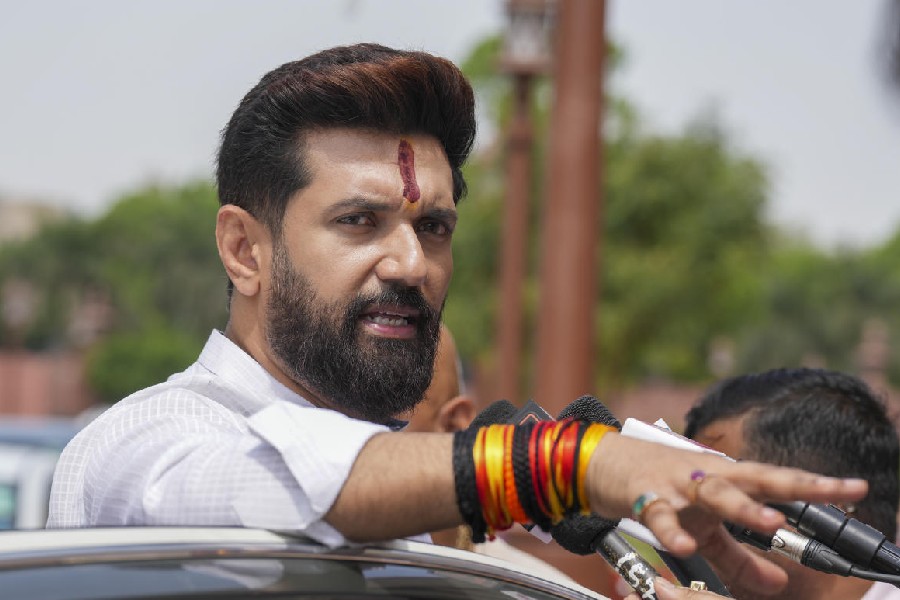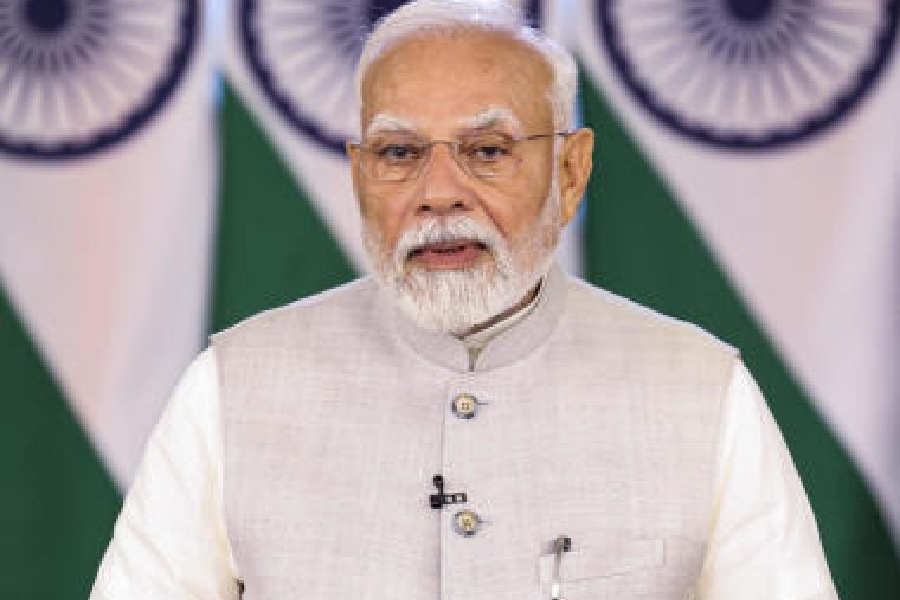West Indian cricket has reached a dead end. In the early Nineties, it was at a crossroads and took the wrong turn. The days of glory are now over. Never again will the world have the privilege of witnessing the brilliance, which made West Indies the most attractive cricket team on earth. The sight of Wesley Hall and Roy Gilchrist in fury was a sight for the connoisseur; Gary Sobers’s lazy elegance, Rohan Kanhai’s creative genius, no less.
The West Indians introduced spontaneity to cricket. Also flair and imagination. They were not afraid to give wings to their feelings. Once they learnt and practised the game on the beaches and on the streets. Now they attend coaching academies and are forced to copy the Australians and the English by their foreign-trained coaches. The basic elements of Caribbeanness are missing in their cricket.
C.L.R. James, the West Indian philosopher, would have been horrified to see cricket-robots wearing West Indian caps. He abhorred the system of copying from others at the expense of one’s natural capabilities. He, more than any other individual, advocated that West Indies should play under a coloured man so that the genius of the race could reach its full potential. He single-handedly supervised Frank Worrell’s rise to captaincy — a step which gave West Indian cricket its true identity.
Earlier generations recounted Learie Constantine’s dazzling strokes, full of rippling muscles. They would talk of how George Headley would pull and drive in a manner only a West Indies cricketer could. There was a touch of the race and region somewhere in their power-play (Clyde Walcott, Collie Smith and Clive Lloyd), in their artistry (Worrell, Lawrence Rowe and Alvin Kalicharran), in their demolition-job (Everton Weekes, Gordon Greenidge and Vivian Richards). For variety, Conrad Hunte and Desmond Haynes gave the semblance of conventional sanity. Among the slow bowlers, at first Alf Valentine and Sonny Ramadhin, and later Lance Gibbs spelt doom for the opponents.
However the most vivid recollections of the West Indians would be their fearsome fast bowlers. In the early Twenties, George John and George Francis followed by Manny Martindale, Herman Griffith and Constantine began the legacy. Hall and Gilchrist arrived much later. With them were Chester Watson, Charlie Stayers, Lester King and Charlie Griffith.
After them erupted the blistering pace of Andy Roberts, Michael Holding, Joel Garner and Malcolm Marshall with Wayne Daniel, Sylvester Clarke, Colin Croft and Patrick Patterson in the periphery. And then with the farewell of Curtly Ambrose and Courtney Walsh, the great tradition of super-fast bowling came to an end.
West Indian cricketers always played their cricket in a way different from the rest. Their languid, sinewy movements enchanted the spectators. So did their magnificent physique. The white West Indies players of British stock had traces of the English style but not the blacks and the browns. The players came from different islands with political and economic differences. But culturally and linguistically, they shared the same ethos. And this is what made the Caribbeans so different from the rest of the cricketing fraternity. Their cricket was a spontaneous expression of a burning desire to earn respect.
The early days of West Indian cricket were full of promise, but the promise did not translated into much by way of results. Disunity and discrimination were very much in evidence. Undeserving white men dominated the scene. It required the arrival of Worrell to transform the talented, yet divided, group into a cohesive unit of world-beaters. Worrell showed them that in being united lay the way to earn self-respect. He told them that mere showmanship would not earn victories. He made them hardened cricketers willing to sweat it out in the cauldron of international cricket. No longer were they happy just to show off their skills. Now they wanted victories in style. And that is what they achieved.
Worrell possessed iron fists within the softest of gloves. He joked, smiled and played pranks. But that did not stop him from letting loose the fury of Hall and Griffith on the English batsmen in 1963. Nor did easy victories persuade him to lessen the pace of Hall, Watson, Stayers and King against the hapless Indians in 1962. He had every right to bask in the glory of the black man.
During the next decade, Sobers and Kanhai took turns to lead the team. But the fearsome pace was in short supply; the West Indian domination declined somewhat. Around the mid-Seventies, the massive frame of Clive Lloyd emerged on the scene. For about ten years, he used the awe-inspiring West Indian pace to terrorize all opponent batsmen, some of whom even retired before their time.
Another very important aspect of West Indian cricket was the approach: West Indian cricketers were downright audacious towards their rivals. They were also fiercely individual, and this bred creativity.
Even in the milieu of such original people, the name of Rohan Kanhai will always have a special place. Kanhai was a non-conformist in a truly creative sense. He gave the world a stroke which has not been duplicated by anyone till date: the falling hook. Kanhai would be lying on the ground as the hooked ball went to the fence. Ranji’s leg glance, W.G. Grace’s forward and back play, Bradman’s pull in front of square, Vijay Merchant’s late cut, Mushtaq Mohammed’s reverse sweep have all been copied by later cricketers. But Rohan Kanhai’s falling hook shot has not found a single disciple worthy of emulating it.
West Indies may still produce great, individual artists like Brian Lara. But West Indies will not, in all probability, produce frightening pace bowlers in profusion again. The lifestyle of the islands is now better and far too relaxed. The difficult days of struggling to earn respect are over. Gone are the days of humiliation and hunger, frustration and futility. The sons of Holding and Roberts will not want to bowl fast and maim batsmen. They would prefer to concentrate on academics or earn more in the United States of America, playing baseball and basketball. Regimentation has set in.
The islands are politically divided and their economies, in a state of despair. The islands-nations are drifting apart. The day is not far when Jamaica, Barbados, Guyana, Trinidad and the rest will have little option but to field their own national teams. The West Indies team will cease to exist in international cricket.
The modern West Indian player has become a professional like the rest. He has lost his main strength — his passion. West Indies has become just another team. In this lies its main weakness. And this is nothing short of a tragedy.











